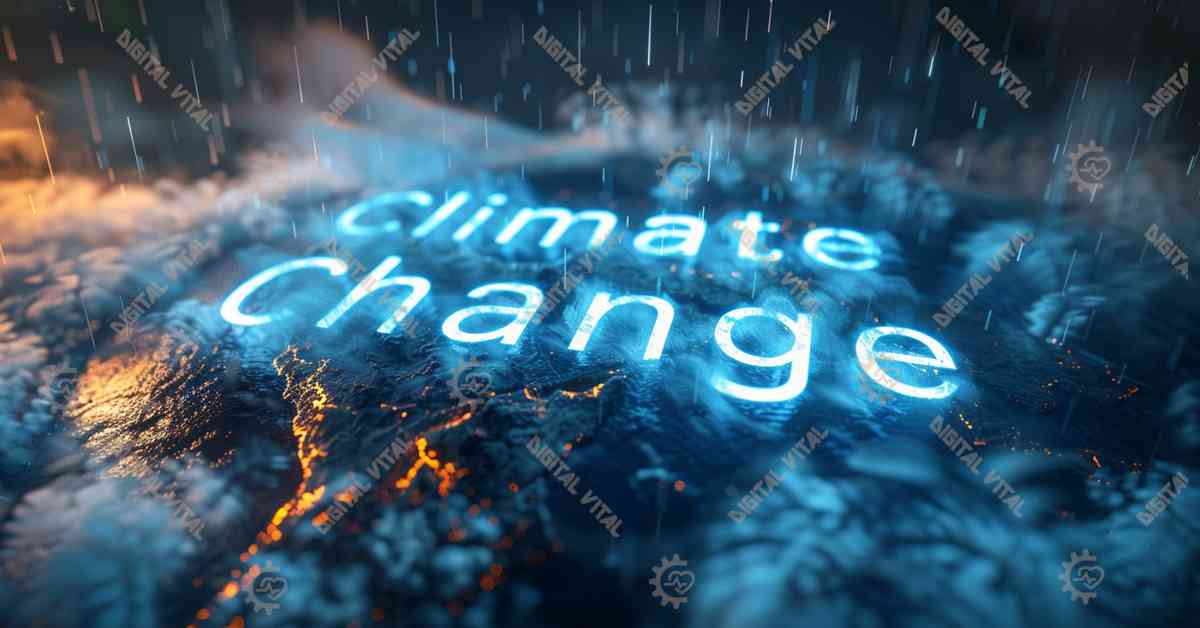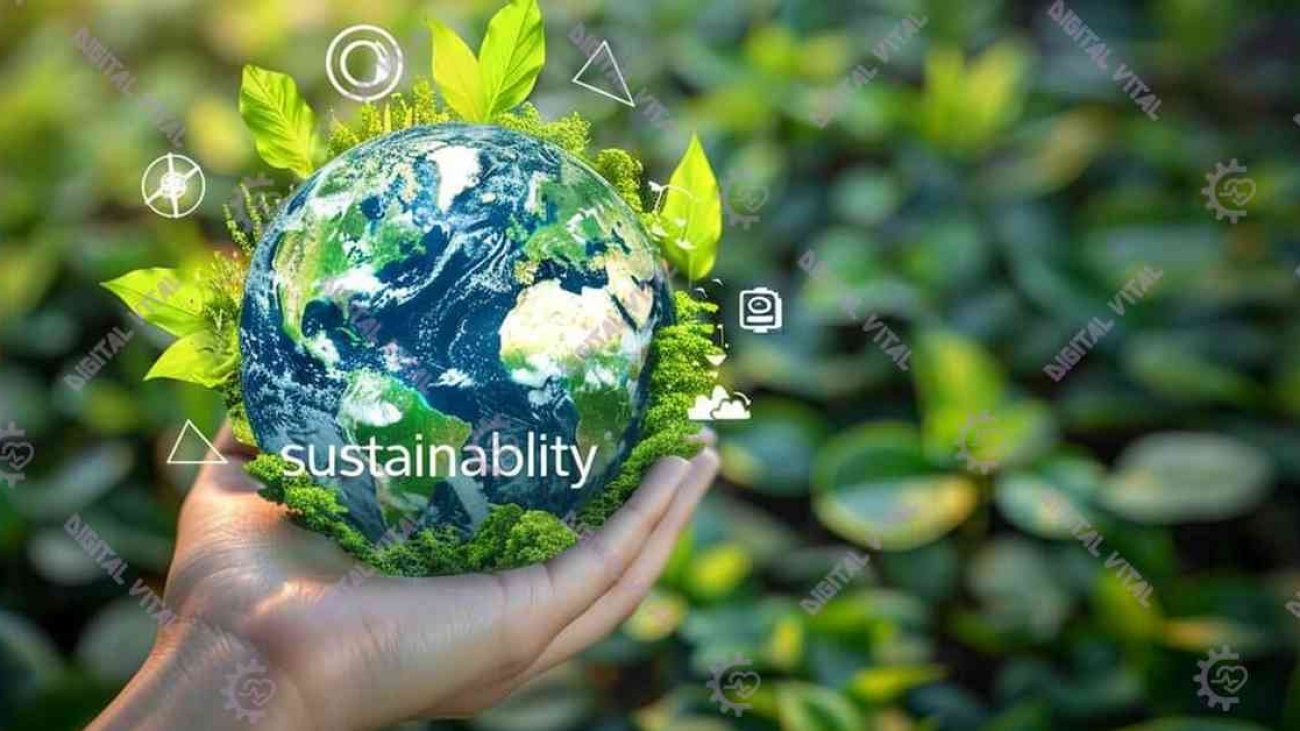Sustainable development is a multidisciplinary concept that aims to meet the needs of the present without compromising the ability of future generations to meet their own needs. This extensive article explores the history, key principles, major challenges, strategies, and future directions of sustainable development, supported by a thorough review of relevant literature.
Keywords: sustainable development, sustainability, environmental protection, economic growth, social inclusion, sustainable development goals, climate change, renewable energy
Table of Contents
Introduction to Sustainable Development
Sustainable development is an integrated approach that seeks to balance environmental protection, economic growth, and social equity. The concept gained prominence in 1987 with the publication of the Brundtland Report, titled “Our Common Future,” by the World Commission on Environment and Development (WCED). This report defined sustainable development and highlighted the interconnectedness of environmental, economic, and social dimensions.
Historical Background
The idea of sustainability has roots in various cultural and philosophical traditions, but it began to take on a structured form in the 20th century. Early environmental movements in the 1960s and 1970s, such as the publication of Rachel Carson’s “Silent Spring” in 1962, raised awareness about the impact of human activities on the environment. The 1972 United Nations Conference on the Human Environment in Stockholm marked a significant step in recognizing the global nature of environmental issues.
The Brundtland Report (1987) provided a comprehensive framework for sustainable development, emphasizing that economic and social development must be aligned with environmental protection. This report led to the 1992 Earth Summit in Rio de Janeiro, where the concept of sustainable development was further elaborated, resulting in the adoption of Agenda 21, a comprehensive action plan for sustainable development globally.
The Interconnected Dimensions of Sustainable Development
Sustainable development is characterized by the integration of three core dimensions:
- Environmental Protection: Preserving natural resources and ecosystems for future generations.
- Economic Growth: Promoting economic development that is inclusive and equitable.
- Social Inclusion: Ensuring that all individuals have access to basic needs, opportunities, and rights.
Key Principles of Sustainable Development
Sustainable development is guided by several key principles that ensure a holistic approach to addressing global challenges.
Intergenerational Equity
Intergenerational equity involves considering the needs of future generations in present-day decision-making. This principle emphasizes the importance of preserving natural resources and ecosystems to ensure that future generations can enjoy the same quality of life as the current generation.
Precautionary Principle
The precautionary principle advocates for proactive action in the face of uncertainty. It suggests that when there is a potential for serious or irreversible harm to the environment or human health, the lack of full scientific certainty should not be used as a reason for postponing measures to prevent such harm. This principle is particularly relevant in addressing climate change and environmental degradation.
Inclusivity and Equity
Sustainable development aims to create a more inclusive and equitable society. This involves addressing disparities in access to resources, opportunities, and decision-making processes. Social equity ensures that all individuals, regardless of their background, have the opportunity to participate in and benefit from sustainable development efforts.
Integration and Holism
Sustainable development requires an integrated approach that considers the interconnectedness of environmental, economic, and social systems. This holistic perspective ensures that policies and actions in one area do not undermine progress in another. For example, economic growth should not come at the expense of environmental degradation or social inequality.
Participation and Collaboration
Effective sustainable development involves the active participation of all stakeholders, including governments, businesses, civil society, and individuals. Collaborative efforts and partnerships are essential for addressing complex global challenges and achieving sustainable development goals.
Major Challenges in Sustainable Development
Despite the widespread recognition of the importance of sustainable development, several significant challenges hinder progress. These challenges must be addressed to achieve a sustainable future.

Climate Change
Climate change is one of the most pressing challenges facing humanity. It results from the accumulation of greenhouse gases in the atmosphere, primarily due to human activities such as burning fossil fuels, deforestation, and industrial processes. Climate change leads to global warming, rising sea levels, extreme weather events, and disruptions to ecosystems and human livelihoods.
The Intergovernmental Panel on Climate Change (IPCC) has highlighted the urgent need for global action to mitigate climate change by reducing greenhouse gas emissions and enhancing resilience to its impacts. Achieving this requires a transition to renewable energy sources, sustainable land use practices, and significant reductions in carbon footprints.
Biodiversity Loss
Biodiversity loss refers to the decline in the variety and variability of life forms on Earth. It is driven by habitat destruction, pollution, overexploitation, and climate change. Biodiversity is essential for ecosystem stability, resilience, and the provision of ecosystem services such as pollination, water purification, and climate regulation.
Protecting biodiversity involves conserving natural habitats, implementing sustainable land and resource management practices, and addressing the drivers of biodiversity loss. International agreements such as the Convention on Biological Diversity (CBD) play a crucial role in promoting global biodiversity conservation efforts.
Resource Depletion
The unsustainable extraction and consumption of natural resources, including minerals, fossil fuels, water, and forests, pose a significant threat to sustainable development. Resource depletion can lead to environmental degradation, economic instability, and social conflicts.
Addressing resource depletion requires the adoption of sustainable resource management practices, promoting the circular economy, and enhancing resource efficiency. This involves reducing waste, recycling materials, and transitioning to renewable resources.
Poverty and Inequality
Poverty and inequality remain major barriers to sustainable development. While global poverty rates have declined over the past few decades, significant disparities persist within and between countries. Inequality in access to education, healthcare, clean water, and economic opportunities exacerbates social tensions and undermines sustainable development efforts.
Efforts to reduce poverty and inequality involve promoting inclusive economic growth, ensuring access to basic services, and implementing social protection measures. The Sustainable Development Goals (SDGs) adopted by the United Nations in 2015 provide a comprehensive framework for addressing poverty and inequality globally.
Urbanization and Infrastructure
Rapid urbanization presents both opportunities and challenges for sustainable development. While cities are centers of economic activity and innovation, they also face issues such as overcrowding, inadequate infrastructure, pollution, and social inequalities. Sustainable urban development involves creating resilient, inclusive, and environmentally friendly cities.
Strategies for sustainable urbanization include promoting compact and mixed-use development, investing in public transportation, enhancing green spaces, and improving waste management systems. The New Urban Agenda, adopted at the United Nations Conference on Housing and Sustainable Urban Development (Habitat III) in 2016, provides a roadmap for sustainable urban development.
Strategies for Achieving Sustainable Development
Achieving sustainable development requires a multifaceted approach that addresses the interconnected challenges outlined above. Here are some key strategies:

Transition to Renewable Energy
The transition to renewable energy sources is critical for mitigating climate change and reducing dependence on fossil fuels. Renewable energy technologies, such as solar, wind, hydro, and geothermal, offer sustainable alternatives to traditional energy sources.
Investing in renewable energy infrastructure, promoting energy efficiency, and implementing supportive policies and incentives are essential for accelerating the adoption of clean energy. The International Renewable Energy Agency (IRENA) projects that increasing the share of renewables in the global energy mix could significantly reduce greenhouse gas emissions and create millions of jobs.
Sustainable Land and Resource Management
Sustainable land and resource management practices are essential for conserving biodiversity, preventing resource depletion, and ensuring long-term ecosystem health. This involves implementing practices such as sustainable agriculture, forestry, fisheries, and water management.
Agroecology, agroforestry, and regenerative agriculture are examples of sustainable agricultural practices that enhance soil health, increase biodiversity, and improve resilience to climate change. Sustainable forestry practices, such as selective logging and reforestation, help maintain forest ecosystems and the services they provide.
Promoting Circular Economy
The circular economy is an economic system that aims to minimize waste and make the most of resources by reusing, recycling, and repurposing materials. This approach contrasts with the traditional linear economy, which follows a “take-make-dispose” model.
Promoting the circular economy involves designing products for durability, reparability, and recyclability, as well as developing systems for collecting and processing recyclable materials. Governments, businesses, and consumers all play a role in advancing the circular economy.
Enhancing Social Inclusion and Equity
Addressing social inclusion and equity is fundamental to achieving sustainable development. This involves ensuring that all individuals have access to basic services, opportunities, and rights, regardless of their socioeconomic status, gender, ethnicity, or location.
Policies and programs that promote education, healthcare, social protection, and economic empowerment are essential for reducing poverty and inequality. The SDGs provide a comprehensive framework for addressing these issues, with specific goals focused on reducing inequality (SDG 10) and promoting social inclusion (SDG 16).
Strengthening Global Partnerships
Global partnerships and collaboration are essential for addressing the complex and interconnected challenges of sustainable development. The SDGs emphasize the importance of partnerships (SDG 17) in mobilizing resources, sharing knowledge, and coordinating efforts.
International organizations, governments, businesses, civil society, and individuals must work together to achieve sustainable development. Multilateral agreements, such as the Paris Agreement on climate change and the CBD, provide frameworks for international cooperation.
Implementing Sustainable Development Goals (SDGs)
The SDGs, adopted by the United Nations in 2015, provide a comprehensive and universal framework for achieving sustainable development by 2030. The 17 goals address a wide range of issues, including poverty, hunger, health, education, gender equality, clean water and sanitation, affordable and clean energy, decent work and economic growth, reduced inequalities, sustainable cities and communities, responsible consumption and production, climate action, life below water, life on land, peace and justice, and partnerships.
Each goal is accompanied by specific targets and indicators to measure progress. The SDGs are interconnected, recognizing that progress in one area can drive progress in others. For example, improving access to education (
SDG 4) can enhance economic growth (SDG 8) and reduce inequality (SDG 10).
Future Directions in Sustainable Development
The field of sustainable development is continually evolving, with new technologies, methodologies, and approaches emerging to address global challenges. Here are some future directions that hold significant promise:
Technological Innovations
Technological innovations play a critical role in advancing sustainable development. Emerging technologies such as artificial intelligence (AI), blockchain, and the Internet of Things (IoT) offer new opportunities for enhancing sustainability.
AI can improve resource management by optimizing energy use, predicting environmental impacts, and enabling precision agriculture. Blockchain technology can enhance transparency and accountability in supply chains, promoting sustainable practices. IoT devices can monitor environmental conditions and improve the efficiency of infrastructure and resource use.
Integrating Sustainability into Business Practices
Businesses play a crucial role in achieving sustainable development. Integrating sustainability into business practices involves adopting corporate social responsibility (CSR) initiatives, implementing sustainable supply chain management, and pursuing green innovation.
Sustainable business practices can create value by reducing operational costs, enhancing brand reputation, and attracting investors. Companies that prioritize sustainability are better positioned to navigate regulatory changes, meet consumer demands, and contribute to global sustainability goals.
Advancing Sustainable Finance
Sustainable finance involves directing financial flows towards projects and initiatives that promote environmental and social sustainability. This includes green bonds, social impact investing, and sustainable banking practices.
Advancing sustainable finance requires creating supportive regulatory frameworks, developing standardized metrics for measuring sustainability impacts, and increasing investor awareness and engagement. Sustainable finance can mobilize the necessary resources to achieve the SDGs and transition to a low-carbon, sustainable economy.
Fostering Sustainable Urban Development
Urban areas are critical to sustainable development, as they are home to the majority of the global population and are centers of economic activity. Sustainable urban development involves creating resilient, inclusive, and environmentally friendly cities.
Strategies for sustainable urban development include promoting mixed-use and compact development, investing in public transportation, enhancing green infrastructure, and improving waste management systems. The New Urban Agenda provides a roadmap for achieving sustainable urban development globally.
Promoting Education for Sustainable Development
Education is a powerful tool for promoting sustainable development. Education for Sustainable Development (ESD) aims to equip individuals with the knowledge, skills, values, and attitudes needed to contribute to sustainable development.
ESD involves integrating sustainability concepts into curricula, promoting experiential learning, and encouraging critical thinking and problem-solving. Schools, universities, and educational institutions play a vital role in fostering a culture of sustainability.
Conclusion
Sustainable development is a dynamic and multifaceted field that addresses the interconnected challenges of environmental protection, economic growth, and social inclusion. From transitioning to renewable energy and promoting the circular economy to enhancing social equity and fostering global partnerships, sustainable development requires a comprehensive and collaborative approach.
For small businesses, employees, job seekers, and students interested in exploring the potential of sustainable development, DigitalVital offers comprehensive services to help you navigate and succeed in this evolving landscape. Whether you need a CV review, publishing support, or specialized further education, we are here to assist you.
Visit DigitalVital Hub to learn more about our consultancy services, and stay ahead of the curve by integrating the latest advancements in sustainable development into your professional toolkit. Explore other articles on our platform to stay updated on the latest trends and insights in sustainable development and related fields.

